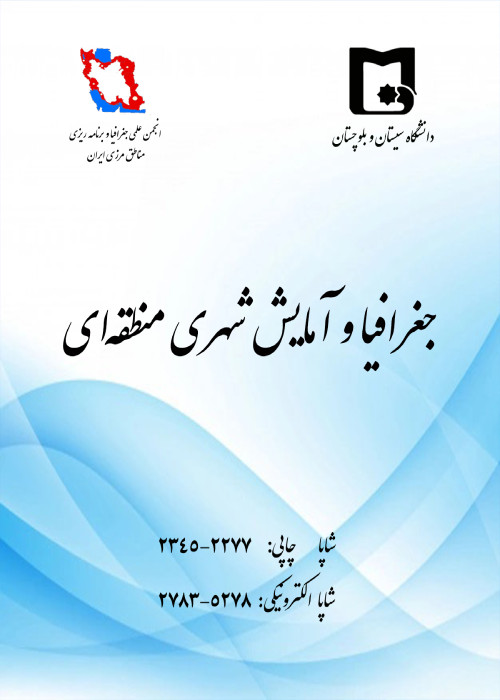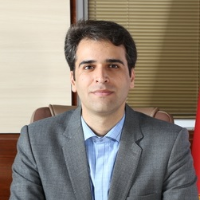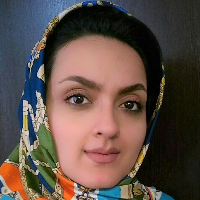Measuring The Potential of The Urban Lost Spaces with Sustainable Green Space Development Approach; Case Study; Akhound Neighborhood, Qazvin
Author(s):
Abstract:
Sustainable urban development can be pursued by utilizing all the elements and spaces available in the cities. There are vacant useless spaces in the cities that while are of no visual benefits, have many potential capacities. Urban lost spaces as dynamic potential spaces in developing stability elements and sustainable development purposes having indices and potential abilities are worth repairing and recreating. To make the transferability potential of these spaces into green space land use practical, they should be studied and influential factors in improving the design with environmental approach must be investigated to increase the environmental efficiency of these spaces. It could be said that by determining priorities and valued hierarchy, with sustainable green spaces developmental approach, efficient spaces need to be recognized based on the priorities to properly utilize the capacities and capitals.In this research, using analytic-practical approach, the ABCs of lost spaces and determining factors in their formation were first investigated against such indexes as: spaces with garbage accumulation index, destruction, abandoned, unpleasant visual, defenseless space sense, place for gangs and tramps, unplanned and without specified land use; through library and field studies. Then four places were identified with these characteristics in Akhound neighborhood through case study. Finally, based on the purpose of changing their land use to green spaces, and by using hierarchical analysis method with Expert Choice software and Qazvin Municipal Urban Affair Department experts opinions, the potentials of transferring lost spaces in Akhound neighborhood were prioritized based on such indexes as: suitable area, population density, distance from available green space, green space use in the detailed plan, access to available communication network, and vicinity to available educational centers as well as residential centers. Based on the results, identified space number one with final weigh of 0.337 was the first priority in developing green spaces, and places number two, three, and four with the value of 0.282, 0.223, and 0.158 respectively, were in the later priorities, showing that, based on order of presentation, the priorities had less efficiency and suitability to be repaired and transferred into green spaces.
Keywords:
Language:
Persian
Published:
Geography and Territorial Spatial Arrangement, Volume:6 Issue: 20, 2016
Pages:
109 to 128
magiran.com/p1596289
دانلود و مطالعه متن این مقاله با یکی از روشهای زیر امکان پذیر است:
اشتراک شخصی
با عضویت و پرداخت آنلاین حق اشتراک یکساله به مبلغ 1,390,000ريال میتوانید 70 عنوان مطلب دانلود کنید!
اشتراک سازمانی
به کتابخانه دانشگاه یا محل کار خود پیشنهاد کنید تا اشتراک سازمانی این پایگاه را برای دسترسی نامحدود همه کاربران به متن مطالب تهیه نمایند!
توجه!
- حق عضویت دریافتی صرف حمایت از نشریات عضو و نگهداری، تکمیل و توسعه مگیران میشود.
- پرداخت حق اشتراک و دانلود مقالات اجازه بازنشر آن در سایر رسانههای چاپی و دیجیتال را به کاربر نمیدهد.
In order to view content subscription is required
Personal subscription
Subscribe magiran.com for 70 € euros via PayPal and download 70 articles during a year.
Organization subscription
Please contact us to subscribe your university or library for unlimited access!




